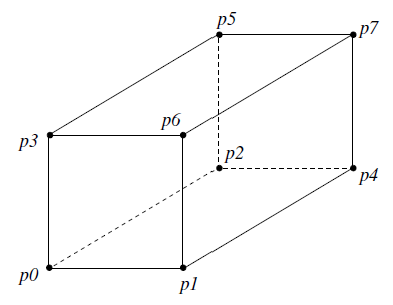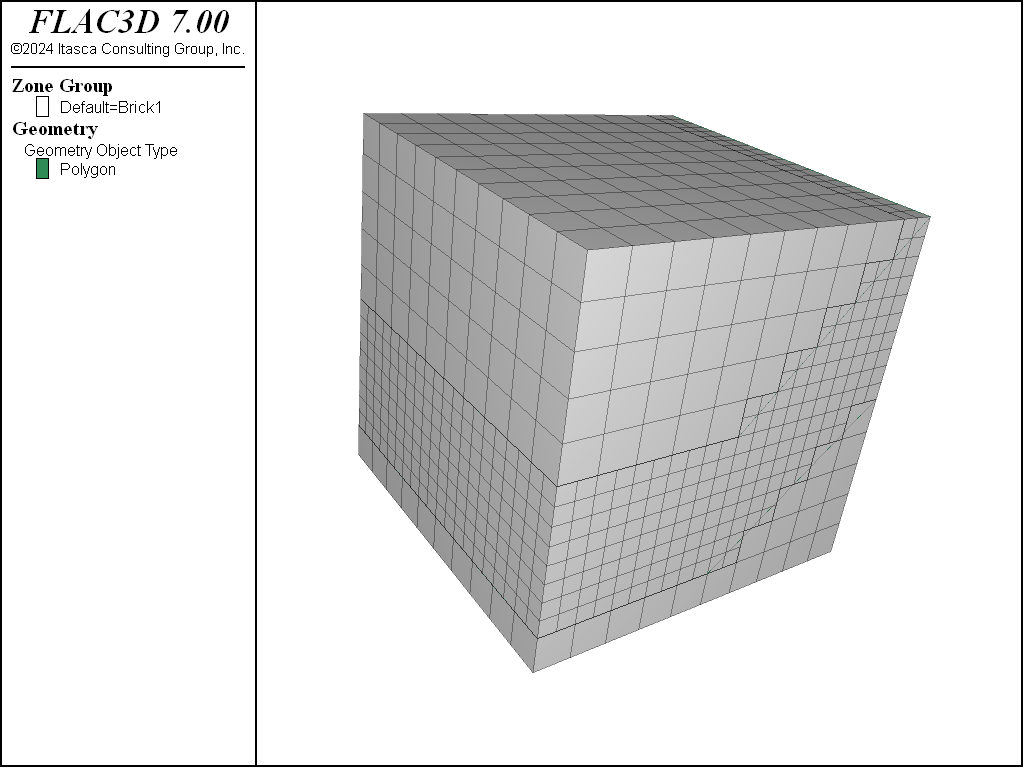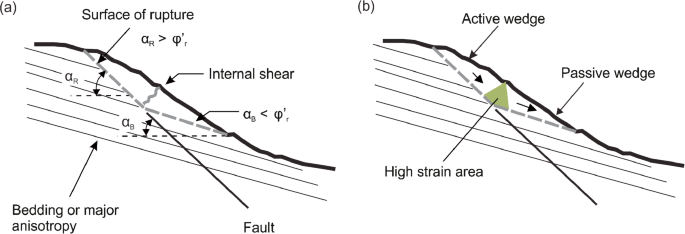


This ends subduction and transforms the accretional orogen into a Himalayan-type collisional orogen. The orogeny may culminate with continental crust from the opposite side of the subducting oceanic plate arriving at the subduction zone. The North American Cordillera and the Lachlan Orogen of southeast Australia are examples of accretionary orogens. An orogen built of crustal fragments ( terranes) accreted over a long period of time, without any indication of a major continent-continent collision, is called an accretionary orogen. This is one of the main mechanisms by which continents have grown. Īs subduction continues, island arcs, continental fragments, and oceanic material may gradually accrete onto the continental margin. The Andes Mountains are an example of a noncollisional orogenic belt, and such belts are sometimes called Andean-type orogens.

Whether subduction produces compression depends on such factors as the rate of plate convergence and the degree of coupling between the two plates, while the degree of coupling may in turn rely on such factors as the angle of subduction and rate of sedimentation in the oceanic trench associated with the subduction zone. Not all subduction zones produce orogenic belts mountain building takes place only when the subduction produces compression in the overriding plate. Subduction zones consume crust, thicken lithosphere, and produce earthquakes and volcanoes. These are often highly metamorphosed and include vast bodies of intrusive igneous rock called batholiths. Older orogenic belts are typically deeply eroded to expose displaced and deformed strata. Young orogenic belts, in which subduction is still taking place, are characterized by frequent volcanic activity and earthquakes. Orogeny typically produces orogenic belts or orogens, which are elongated regions of deformation bordering continental cratons. The convergence may take the form of subduction (where a continent rides forcefully over an oceanic plate to form a noncollisional orogeny) or continental collision (convergence of two or more continents to form a collisional orogeny). Orogeny takes place on the convergent margins of continents. Typically, continental crust is subducted to lithospheric depths for blueschist to eclogite facies metamorphism, and then exhumed along the same subduction channel. Prior to underthrusting, the primary response of the lithosphere to compression is by folding at scaled wavelengths of 100–300 km and 500–1000 km, controlled by the strength of the mantle lithosphere.Continental collision of two continental plates to form a collisional orogen. In the next stage, shear localization through the formation of a decollement within the ductile passive margin crust favors underthrusting of the oceanic lithosphere, leading to a reduction of the area affected by deformation. Our experiments portray an evolution in which early-stage deformation commences at the ocean-continent transition and is controlled by the ductile lower crust of the continent. In contrast, low and high strength mantle lithospheres lead to dominantly intra-oceanic deformation or long wavelength buckling of the entire model, respectively. The results indicate that deformation occurs at passive margins for intermediate strength lithospheric mantle and high strain rate. The experiments illustrate distinct differences in geometry and length-scale of deformation as a function of lithospheric mantle strengths. In this physical analogue modelling study, a range of mantle viscosities subject to different convergence rates serve as a proxy to simulate contraction of differently aged passive margins with the purpose of describing and quantifying passive margin deformation and mantle stability using the buoyancy number. Therefore, the success of developing a new subduction zone will largely depend on the rheology of the mantle lithosphere. Mechanical instabilities are required to permit underthrusting of the oceanic plate.

Contractional deformation of passive continental margins may resemble early stages of induced subduction initiation.


 0 kommentar(er)
0 kommentar(er)
